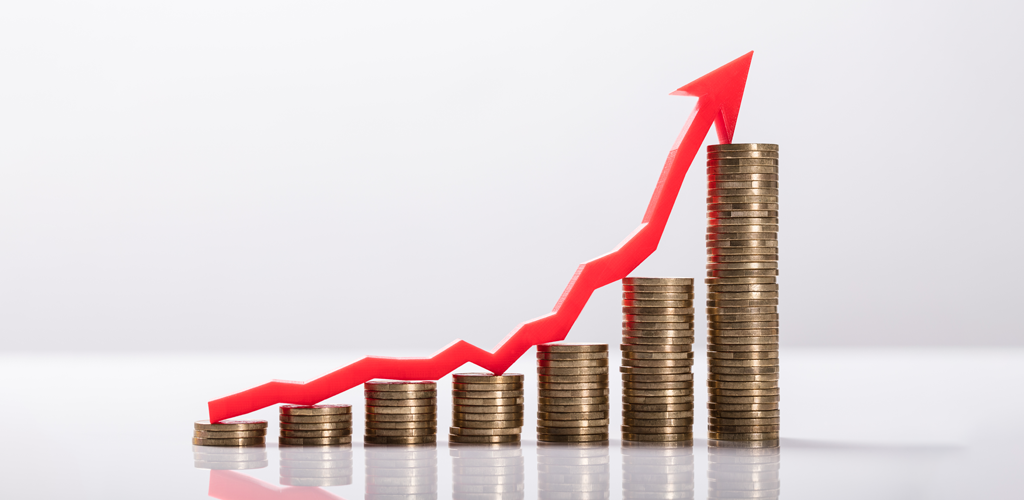In the last couple of years, the corona crisis has hit hard and repeatedly the manufacturing industries all over the globe. The raw materials scarcity has been accompanied by supply chain problems that led to a continuous rise in the prices of basic materials. In this regard, the Trading Economics portal showed in early April growth rates for the last 12 months of 68% for wheat, 83% for coffee, 35% for milk, 78% for cotton, 91% for oats, 48% for plastics, 64% for cobalt, 37% for bitumen, 59% for aluminum, 67% tin, 50% zinc, 105% nickel, 155% magnesium.
Raw material prices have further increase sharply following Russia invasion in Ukraine. Commodities ranging from agricultural products to crude oil and coal, steel, tin or neon gas that stands at the basis of chip production, have seen their prices skyrocketing. Transportation costs will follow this trend, as the use of the Russian rail transportation infrastructure to carry goods from Asia into Europe brings with it war-imposed constraints, further raising the prices of ocean shipping. The airspace ban by and against Russia can only add to the increase in the cost of transportation of goods in and around Europe and overseas.
The Ukraine war and closer alignment of China and Russia will modify profoundly the exchange of energy, raw materials, industrial parts, and goods between the Western world, China, and Russia. While on short and medium term raw material prices are expected to further increase, on long term, companies will accelerate the reshoring trend, alongside efforts to invest in technological improvements and sustainable solutions to keep their clients and restore the profitability, as it is unlikely that the entire increase in raw material prices would get transferred to customers through higher prices.

